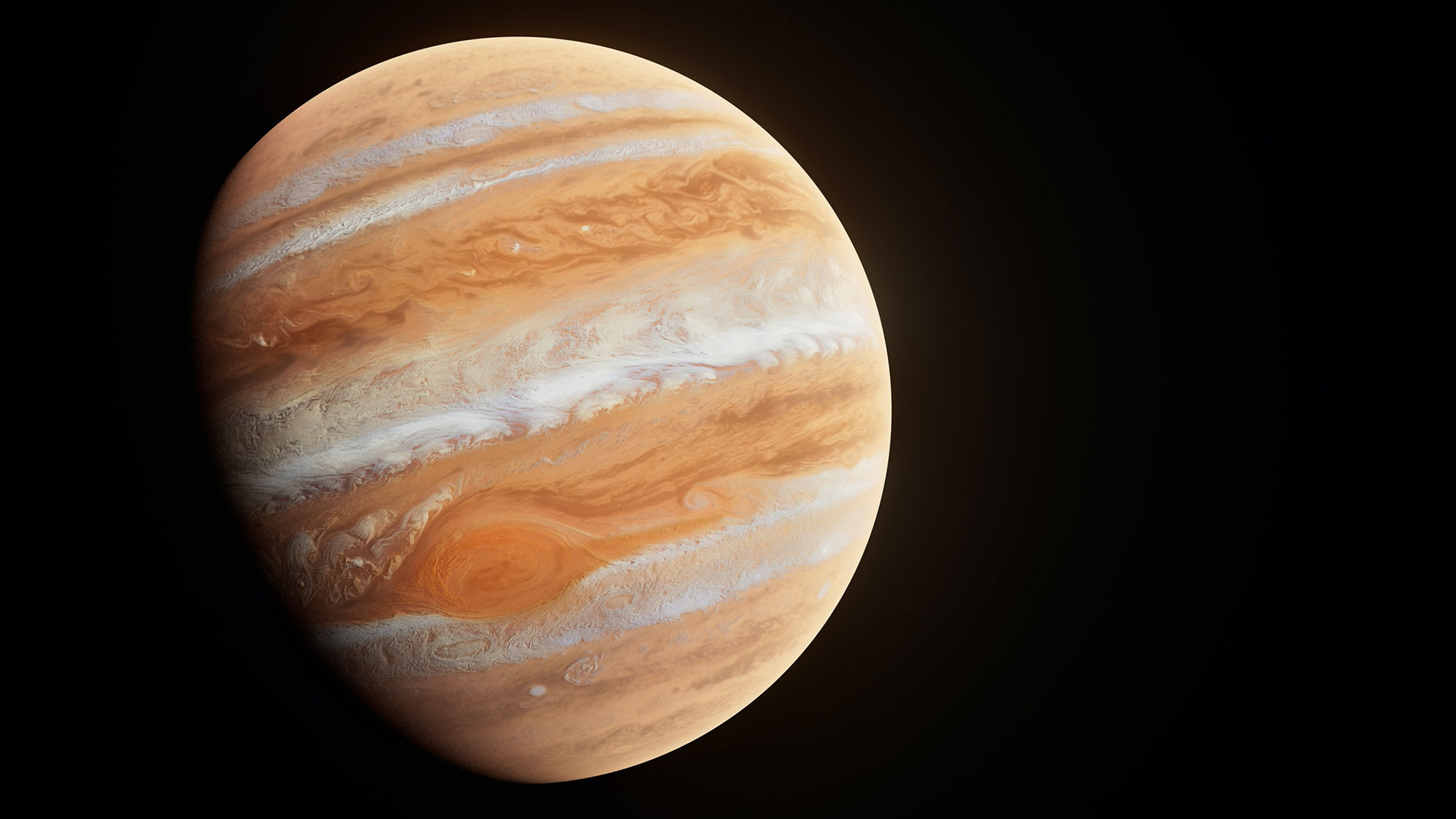Which telescope is best for viewing planets?
The planets are the first thing most beginners want to see up close, but you'll need a 'slow' telescope to get the best views. Here's how to find the right telescope for viewing planets


You can name every planet in the solar system, but have you ever seen them up close with your own eyes? From tiny Mercury to distant Neptune, all eight planets can be glimpsed in a telescope if you know where and when to look, though the what telescope you buy will make a huge difference to the views you get. Here's everything you need to know about choosing the best telescope to see planets.
If you're new to stargazing, our guides to the best telescopes for beginners, how to choose your first telescope, and how to set up a telescope, will help you get started.
What size telescope do you need to see planets?
According to Celestron, Maksutov-Cassegrain and Schmidt-Cassegrain telescopes make good planet-spotters. You can see most of the planets – and certainly Mars, Jupiter and Saturn – through almost any small telescope such as a 50mm/2-inch refractor and a 25mm eyepiece. However, you'll get the best views of planets (as well as the Moon) if you use a telescope with a bigger aperture, long focal length and a 'slow' focal ratio.
The aperture is the size of the mirror or lens, with telescopes about 102mm/4-inch or 125mm/5-inch in size perfect for Venus, Mars, Jupiter and Saturn (as well as for the Moon). For Neptune and Uranus you'll need an 8-inch telescope.
What focal length do you need to see planets?
Don't forget about focal length. The distance from the objective lens to the focal point, a long focal length will give you more resolution, more magnification and a smaller field of view. That's really important because a magnification of 125x and up is required to see detail on planets. Lastly comes focal ratio, which is the focal length divided by the aperture in mm. The higher the number, the better.
What magnification do you need to see planets?
The magnification you can achieve – say, 100x or 200x – depends on the focal length of your telescope and the power of your eyepiece. Most beginners' telescopes come with two eyepieces, typically 25mm and 10mm. The magnifying power is calculated by dividing the focal length by the eyepiece, so a 76 mm/3-inch telescope with a focal length of 700mm and a 10mm eyepiece will offer a magnification of only 70x (and a focal ratio f/9.2). Choose a 130mm/5-inch telescope with a focal length of 1,250mm (and a focal ratio of f/9.6) and that same 10mm eyepiece will magnify a planet 125x. If you want to specialise only in planets then aim for 200x.
When is the best time to see planets?
The best time to see the outer planets is when they're at their brightest. That's always going to be a month or two either side of their date of opposition, the moment each year or so (depending on how quickly it orbits) when Earth gets between a planet and the Sun. During this time a planet is at its apparent largest, it's fully illuminated by the Sun (so is at its brightest) and it's in the night sky all night (rising in the east at dusk and setting in the west at dawn). At time of writing, these are the best upcoming dates to check out the planets:
Get all the latest news, reviews, deals and buying guides on gorgeous tech, home and active products from the T3 experts
- Mars: 8 December 2022, 16 January 2025
- Jupiter: 26 September 2022, 3 November 2023, 7 December 2024
- Saturn: 14 August 2022, 27 August 2023 and 7 September 2024
- Uranus: 9 November 2022, 13 November 2023, 17 November 2024
- Neptune: 16 September 2022, 19 September 2023, 21 September 2024
As inner planets between Earth and the Sun, Mercury and Venus are usually close to the Sun and typically visible in the east just before sunrise or in the west just after sunset. Outside of those dates, here are some more things to aim your telescope at.
Jamie is a freelance journalist, copywriter and author with 20 years' experience. He's written journalism for over 50 publications and websites and, when he's not writing, spending most of his time travelling – putting the latest travel tech through its paces.
